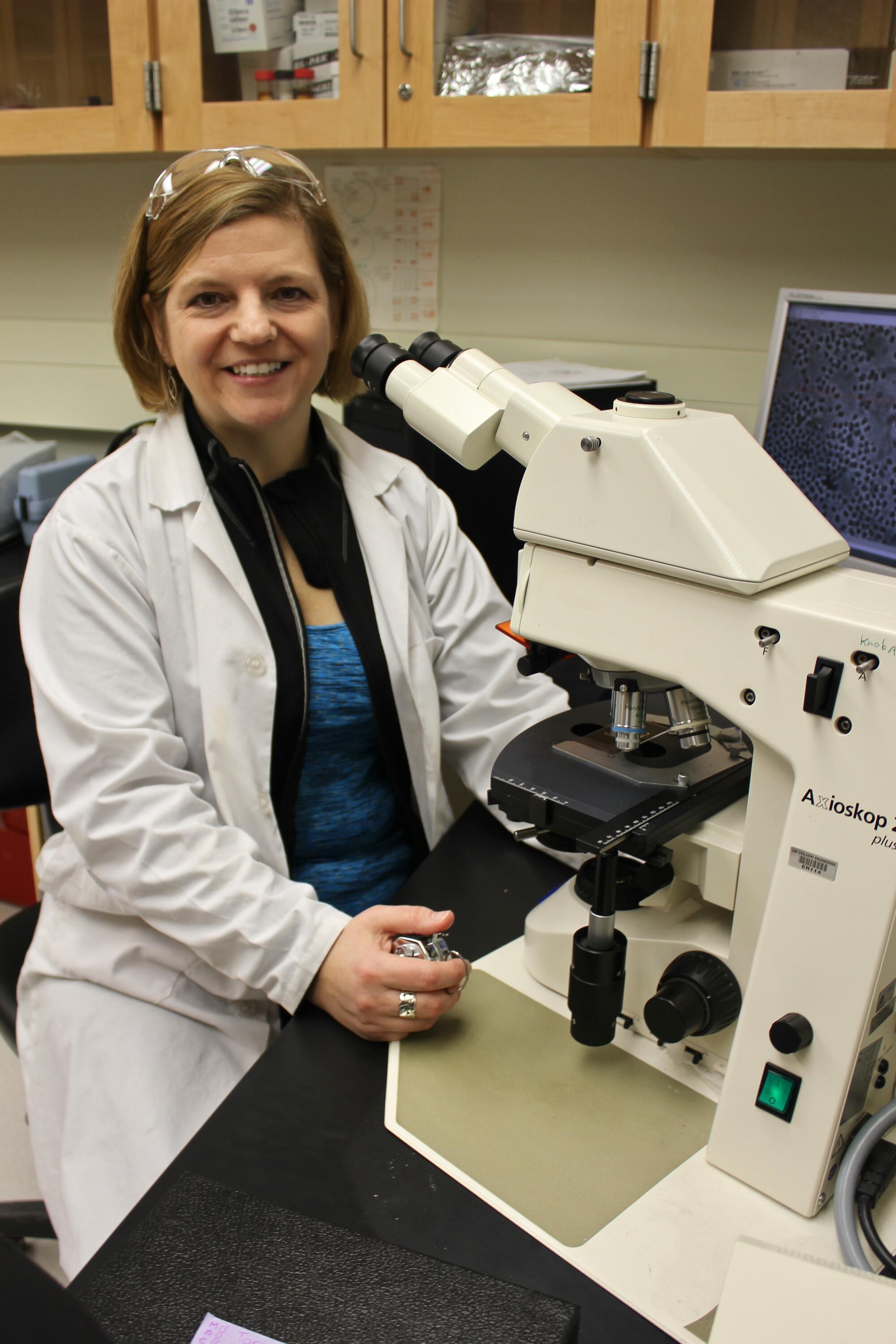Water Institute member Monica Emelko, professor in the Department of Civil Engineering, comments on her research on Fort McMurray's water supply in an article written by Bob Weber for CBC News.
In May 2016, the Fort McMurray wildfire swept through nearly 6,000 square kilometres of boreal forest in northern Alberta. Fort McMurray lost 2,400 buildings, and 88,000 people were forced from their homes.
With damage estimates of $10 billion, it was the most expensive natural disaster in Canadian history.
Previous research has looked at how wildfires affect headwater streams in the mountains. But nobody had looked at their impacts on a large, slow, boreal river winding through wetlands.
"You've got a river the colour of chocolate milk and these small tributaries during certain events — a good rain, for example — look like hot fudge," said co-author Monica Emelko of the University of Waterloo.
"That hot-fudge sauce doesn't necessarily mix in. That plume that extended for a very long distance, hugging the riverbank, is likely what was making its way into the water treatment plant in Fort McMurray."
The fire residue also makes it harder to manage bacteria in the city's reservoir.

"There is a very clear signature of the wildfire on drinking water supply and treatment in Fort McMurray," Emelko said. "The community is paying a continued cost because of the fire."
In most places, fire impacts on watersheds quickly dissipate. Studies on several Alberta fires in the foothills and the Rocky Mountains, however, show that hasn't been the case.
Read the full article here.
